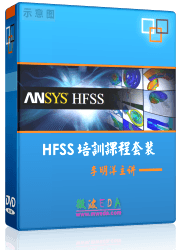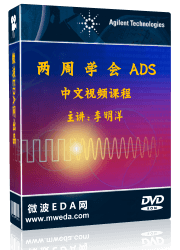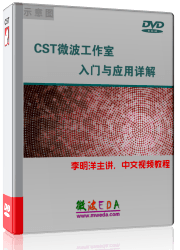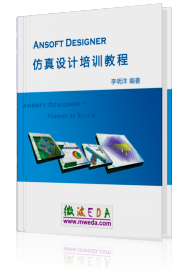Special Mesh Properties - Mesh Generation Method
Mesh Global Properties Global Properties Specials Specials Mesh Method Mesh Method
This dialog allows you to choose the method used for the generation
of the surface mesh and of the volume mesh (if selected).
Surface mesh method
General purpose:
A simple surface mesh generation which is adequate
in most cases.
Fast (for complex
structures): Especially suited to meshing
large or complex structures. If used together with (tetrahedral) volume
mesh generation, this method can be combined only with Delaunay volume
mesh generation.
Volume mesh method
Available only for tetrahedral mesh generation.
Delaunay: Fast tetrahedral volume meshing method (recommended).
Advancing Front:
An alternative method to generate a volume mesh.
Advantageous in some cases (like thin layers), because the surface mesh
can be generated more flexible than with Delaunay, that is., it can be
altered during the mesh generation if necessary. This
method is available only in combination with the general purpose surface
mesh generation.
Model preparation
Geometry accuracy:
Sets the tolerance for the generation of
the non-manifold simulation model, see Tetrahedral
Mesh Generation. If the defined or imported geometry is less accurate
than the default tolerance 1e-6, it is recommended to select a larger
tolerance. Otherwise artificial shapes might arise or the model preparation
might fail.
Self-intersection
check: This method specifies whether a self-intersection
check for the model surfaces will be done. This is enabled by default.
This option might be disabled for imported structures for surface or multilayer
mesh. Further more it can be disabled for tetrahedral, surface or multilayer
mesh if you want to mesh a structure and you are sure there exist no self-intersecting
faces in the model.
Curved elements
When using curved elements, the gap between
the linear surface elements and the (curved) geometry is closed using
polynomial functions. In the Automatic mode,
the polynomial curvature order is chosen automatically based on the selected solver
and the solver settings. By selecting the Off mode,
the mesh curvature is deactivated. You can fix the polynomial order by selecting the
Fixed order mode and entering the desired
order. If the solver is
using finite elements of order p, then it would be sensible to
use a curved element order between p and 2p-1. Setting the order to 1 prevents the curving of the mesh, which is equivalent to
selecting the Off mode.
Distributed
computing
Check this to use distributed computing for
mesh generation.
OK
Accepts the changes and closes the dialog.
Close
Closes this dialog box without performing any
further action.
Apply
Accepts the changes without closing the dialog.
Help
Shows this help text.
See also
Mesh
Properties (Tetrahedral), Special
Mesh Properties, Local
Mesh Property (Tetrahedral ) Mesh
Generation Overview (Tetrahedral), Mesh
View (Tetrahedral)




HFSS视频教程
ADS视频教程
CST视频教程
Ansoft Designer 中文教程
|